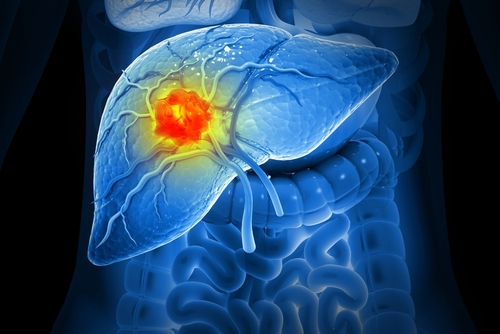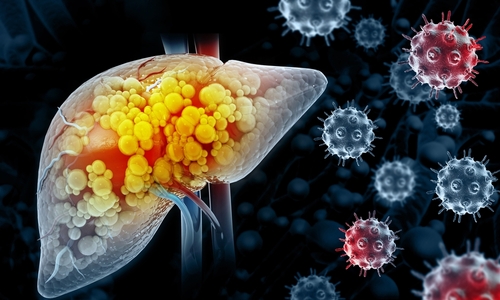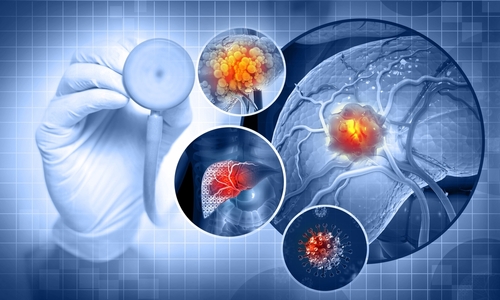
Histotripsy is an innovative modality for treating liver tumors that offers several advantages, according to a study presented at the Symposium on Clinical Interventional Oncology 2023.
Histotripsy is an emerging, noninvasive technology for performing tumor removal, whereby ultrasound creates small bubbles that oscillate and collapse through acoustic cavitation, resulting in cell fragmentation that liquefies bulk tissue, including tumors. The technique shows promise as a novel treatment for patients with either primary or secondary hepatic tumors, the investigators noted.
In this systematic literature review, researchers queried the PubMed database for the term “hepatic histotripsy” to analyze the safety and outcomes of histotripsy as a treatment for liver tumors. The researchers assessed the THERESA trial, which investigated histotripsy as a treatment for primary and secondary hepatic malignancies using the HistoSonics System. The study comprised 8 patients with liver tumors ranging from 0.5 to 2.1 cm, including hepatocellular carcinoma (HCC) and metastatic liver cancer. The primary end point of interest—defined as achieving tissue destruction within the planned volume—was successfully met for all procedures and confirmed by magnetic resonance imaging.
According to the results, no significant adverse events were observed, except for a mistargeted tumor. The investigators noted that tumors exhibited regression and decline in tumor markers, with shrinkage of nontarget tumors observed. Moreover, the HistoSonics System was found to be successful at treating patients with HCC and liver metastases at an academic institution, with confirmed ablation and no adverse events reported.
“Histotripsy is an innovative treatment for hepatic tumors, offering advantages such as real-time ultrasound feedback to optimize energy deposition and minimize unintended effects. It avoids thermal energy deposition, reducing harm to surrounding structures,” the researchers concluded.





 © 2025 Mashup Media, LLC, a Formedics Property. All Rights Reserved.
© 2025 Mashup Media, LLC, a Formedics Property. All Rights Reserved.